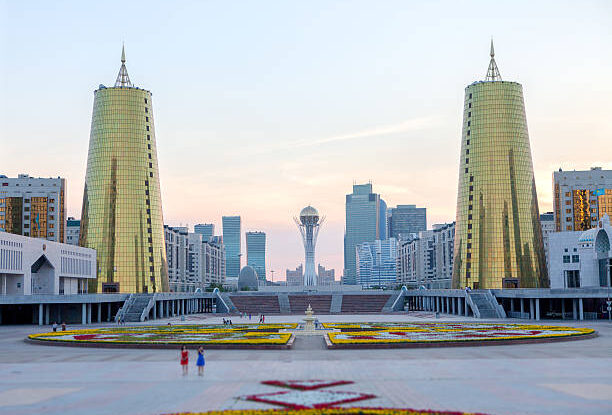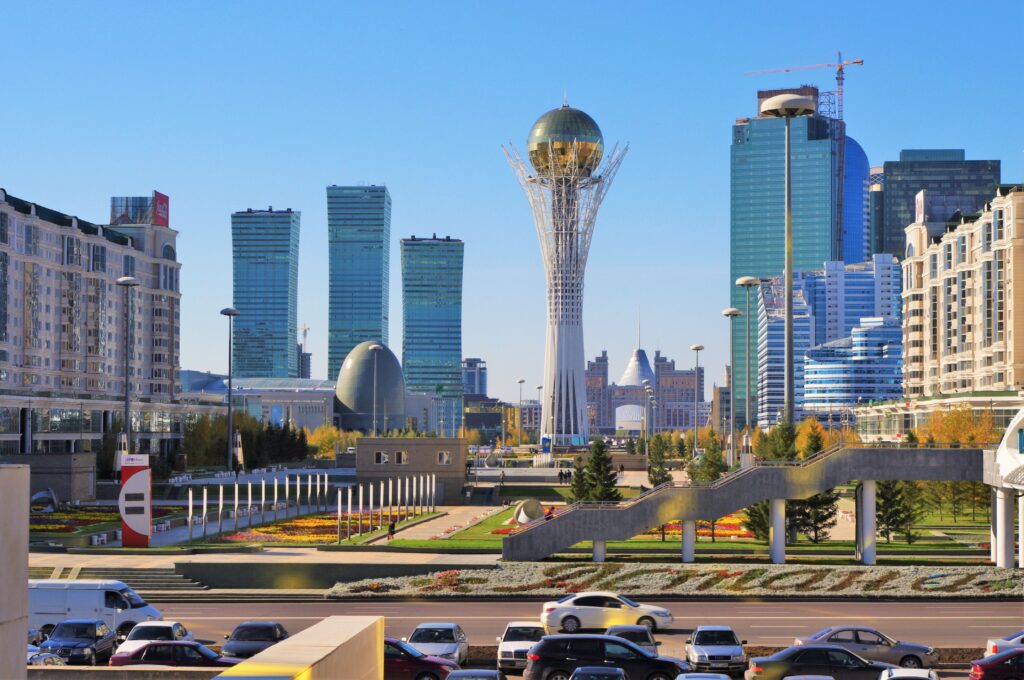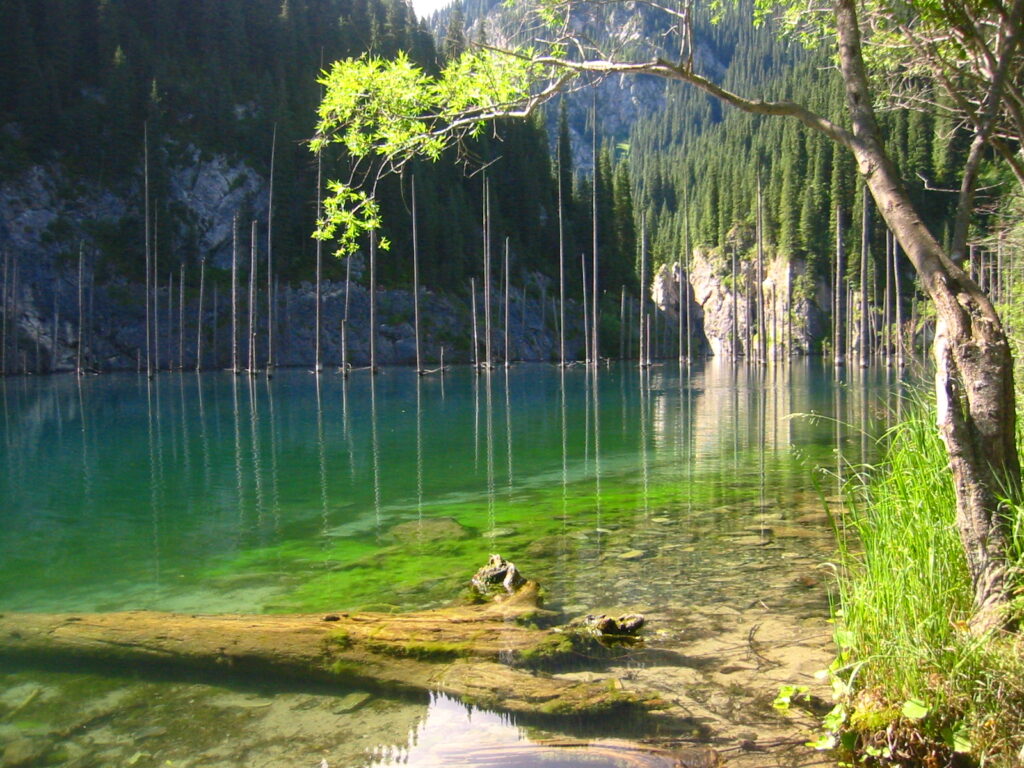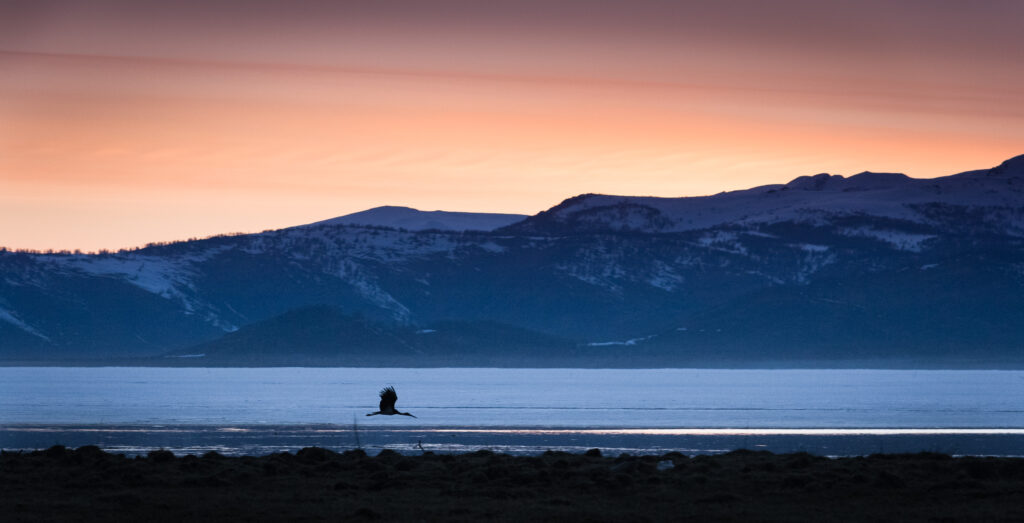
By Milton Atanazio

I am faced with the challenge of showing that Brazil and Kazakhstan are countries with very different characteristics and realities, both in geographical, climatic, economic, political and cultural terms. Each has its own identity and specificities that make them unique in their respective regions.
One of the main differences between the two peoples is the language. Kazakhs speak Kazakh, but a large part of the nation uses Russian, while in Brazil the official language is Portuguese. Furthermore, cultural and religious traditions are also distinct between the two countries.
However, there are also some similarities between the people of Kazakhstan and Brazil. Both are known for their hospitality and warmth, and have a rich culinary tradition. Furthermore, both countries have natural diversity and stunning landscapes.
With regard to bilateral relations, the cultural differences between Kazakhstan and Brazil can be seen as an opportunity for learning and exchanging experiences. Cooperation between the two countries can be strengthened through the promotion of culture, tourism and trade, seeking ways to get closer and overcome differences.
It is important to learn more about the culture, history, geography, economy, politics and society of Kazakhstan, which are quite different. Understand the characteristics of the country and its global relevance. This way it will be possible to contextualize the Brazilian experience when meeting them.
It is worth highlighting the similarities and differences in various aspects, such as cuisine, customs, values, language, climate, among other things. This will greatly help create an interesting contrast and enrich this analysis.
Knowing this comparative stage, we are excited to learn more deeply about the characteristics of these two different peoples. And in search of knowledge about these kind and hospitable people, we went looking for information about the country.
The country Kazakhstan

The information we managed to collect in Brazil:
Kazakhstan, officially the Republic of Kazakhstan, is a transcontinental country, located in Central Asia, with a small part west of the Ural River in Europe.
It is located in the center of the Eurasian continent. The country is in ninth place in territorial extension among the countries in the world. To the North and West, the Republic has borders with Russia (the longest and continuous land border in the world), to the East with China, to the South with Kyrgyzstan, Uzbekistan and Turkmenistan and also has a large coastal part of the sea. Caspian.
.Largest landlocked country in the world and the ninth largest on the planet; its territory of 2,724,900 square kilometers is larger than the area of Western Europe. Most of the country’s territory is made up of deserts: 44%, and semi-desert regions: 14%. Steppes occupy 26%, forests 5.5%.
This giant is the ninth largest country in terms of territorial extension in the world. Its territory is made up of vast plains and mountainous formations made up of field vegetation. The Kazakh climate is classified as continental, with a wide temperature range throughout the year.
Its diverse geography features desert formations and large freshwater lakes. The country is bathed by the Caspian and Aral Seas. There are also a large number of rivers, especially the Ishim and the Ural.

Kazakhstan is ranked as the 63rd most populous country in the world, although its population density is among the lowest at 6 people per km². The Kazakh capital is Astana.
Astana is a planned city, just like Brasília, in Brazil; Canberra, Australia; Huambo, in Angola; Washington, DC, in the United States and Islamabad, in Pakistan.
The city’s master plan was designed by Japanese architect Kisho Kurokawa. Astana is home to the parliament, the supreme court, the presidential palace and various government departments and agencies, as well as being home to many futuristic buildings, hotels and skyscrapers.
Kazakhstan’s climate is typically continental. The country’s temperatures undergo large fluctuations throughout the year. Astana is the second coldest national capital in the world after Ulan Bator in Mongolia.
The culture of Kazakhstan was influenced by different peoples, especially the Arabs and the Russians.

Kazakhstan played a fundamental role in space exploration. The country has important space rocket launching equipment.
Kazakhstan’s society is made up of almost 19 million inhabitants. Most of it is urban and is concentrated in the country’s main cities. With around 1.5 million inhabitants, the largest city by population is Almati. Kazakhstan has one of the lowest population densities in the world, due to its large territorial extension together with its small absolute population.
In terms of population constitution, the inhabitants of Kazakhstan have very diverse origins, with emphasis on: Kazakhs; Russian descendants; descendants of Ukrainians and descendants of Uzbeks.
The country’s official language is Kazakh, but much of the nation uses Russian. The majority of the population practices Islam. The people enjoy social and economic indicators considered average, such as the Human Development Index (HDI).
One of the main achievements of independent Kazakhstan today is internal political stability, based on inter-ethnic and inter-religious coexistence, with peaceful coexistence of the most diverse cultures and civilizations in the country. Catholics make up less than 1% of Kazakhstan’s 19.6 million inhabitants, 70% of whom are of the Muslim faith, while 26% are Christians, predominantly Orthodox

Economy of Kazakhstan today
Currently, Kazakhstan is one of the most developed economies in Central Asia, with emphasis on the oil, natural gas, mining and agriculture sectors. The country is one of the largest oil producers in the world and has large mineral reserves, which contribute significantly to its economy.
Oil reserves are estimated at 12-17 billion tons (5th largest reserves in the world). Among non-OPEC countries, Kazakhstan ranks second in proven reserves (Russia is first). The country has the fifth largest uranium reserves in the world.
Traditionally, great attention is devoted to the development of agricultural production in the country. It is among the world’s largest grain exporters and one of the leaders in wheat flour exports. The country’s industrial sector is mainly focused on the extraction and processing of these natural resources.
As far as Brazil is concerned, economic relations with Kazakhstan have plenty of room to grow. Bilateral trade is limited, but there are opportunities for cooperation in areas such as agribusiness, renewable energy, infrastructure and technology, among others.
Brazil can play an important role in strengthening economic relations with Kazakhstan, through the establishment of commercial partnerships and investments in strategic sectors. Furthermore, cooperation in regional organizations such as the Shanghai Cooperation Organization can facilitate exchanges between the two countries. In this way,
it is possible for Brazil to contribute to the economic development of Kazakhstan, while also benefiting from the business and investment opportunities that exist in the country. Cooperation between two nations can open up new possibilities for growth and mutual collaboration in various areas.
Tourism in Kazakhstan
Kazakhstan is investing more and more in tourism infrastructure, with the construction of new hotels, resorts and the improvement of roads and public transport. This makes the country more accessible to tourists and increases the potential for tourism growth.
Another factor that contributes to the excellent possibilities for tourism growth between Brazil and Kazakhstan is the diversity of tourist attractions that the country offers.
A variety of interesting experiences for Brazilians. Some popular tourist spots include the capital, Nur-Sultan (formerly known as Astana), with its futuristic and modern architecture, the ancient city of Almaty, with its parks and mountains, the stunning lake Balkhash, the ruins of Sauran, the mysterious Tower of Bayterek and the impressive canyons of Charyn.

Furthermore, Kazakhstan is known for its rich culture and history, which can be explored in local museums, theaters and festivals. Kazakh cuisine is also an unmissable attraction, with its traditional dishes such as beshbarmak, barbecue meat and camel milk.
For nature lovers, Kazakhstan offers stunning landscapes, including vast steppes, towering mountains, crystal-clear lakes and unique deserts. Brazilians can also enjoy outdoor activities such as trekking, camel riding, skiing and bird watching.
In short, tourism in Kazakhstan offers a unique combination of culture, history, nature and adventure, providing Brazilians with an unforgettable experience. Therefore, the future of tourism between Brazil and Kazakhstan looks very promising, with great potential for growth and opportunities for both parties to explore new markets and expand their relations. With collaboration between the two countries, it is possible to expect a significant increase in the flow of tourists and an even greater development of the tourism sector in both nations.
There is no visa requirement for a maximum stay of up to 30 days. Remember that although a visa is not required, you must: Have a passport valid for at least six months from the date of departure from the country and a blank visa page.
Long live Brazil and long live Kazakhstan!

Exploring Kazakhstan’s tourism potential – After researching this country, an interest in visiting in person and experiencing Kazakh culture and hospitality arises. We can work to promote the growth of the tourism sector and strengthen relations between Kazakhstan and Brazil. Let’s support and celebrate cultural diversity.
Long live Kazakhstan! Long live Brazil!

Leave a Reply